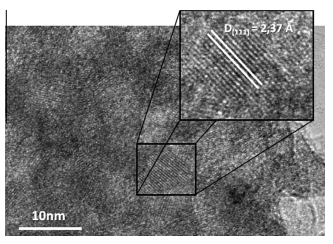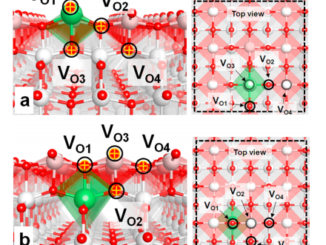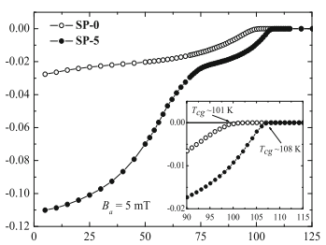
Antimicrobial activity of TiO2:Ag nanocrystalline heterostructures: Experimental and theoretical insights
Abstract: We report the synthesis and characterization of silver-decorated titanium dioxide (TiO2:Ag) nanoparticles, as well as a discussion of their antimicrobial activity. This material was synthesized by microwave-assisted hydrothermal treatment and characterized by complementary techniques. The minimum inhibitory concentration and minimum bactericidal/fungicidal concentration of TiO2:Ag nanoparticles against planktonic and biofilm-forming strains of methicillin-resistant Staphylococcus aureus, Candida species (spp.) and the total biofilm mass were determined. The basis of the biological activity of TiO2:Ag was investigated by electronic analysis of the material using theoretical quantum chemical calculations. In the proposed mechanism of action, the impregnated semiconductor donates electrons to the forbidden band gaps in the metal, generating point defects, with partially located electrons and holes at the surface, initiating a radical process involving the solvent and biological target. Our results suggest that this TiO2:Ag nanomaterial has potential for use in the development of new therapeutic agents. (C) 2015 Elsevier B.V. All rights reserved.
Author(s): Andre, RS; Zamperini, CA; Mima, EG; Longo, VM; Albuquerque, AR; Sambrano, JR; Machado, AL; Vergani, CE; Hernandes, AC; Varela, JA
CHEMICAL PHYSICS
Volume: 459 Pages: 87-95 Published: SEP 28 2015
DOI: 10.1016/j.chemphys.2015.07.020




